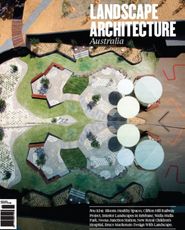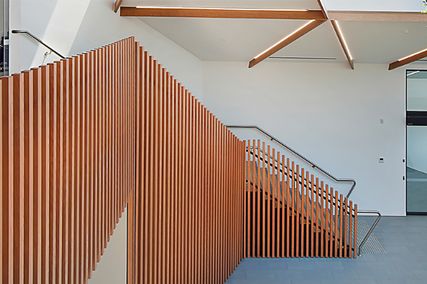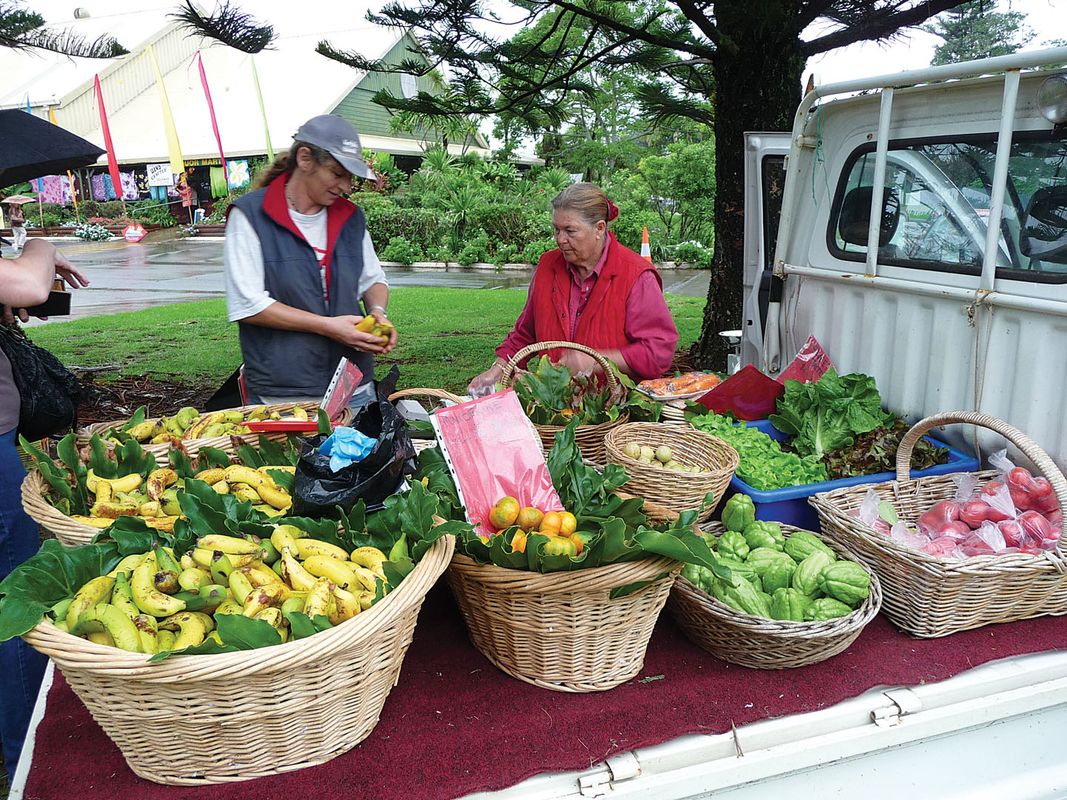Australia is facing rising health costs due to epidemics of obesity, diabetes and other lifestyle diseases, prompting health workers to increasingly focus on strategies for the prevention of disease. Recent research has demonstrated links between these modern epidemics and the ways in which we live in cities; car-dominated transport, reduced opportunities for physical activity, increased availability of fast food and a lack of social connection have all been implicated.
To be effective in prevention, health workers need to support built environment professionals in designing cities that enable healthy ways of living. It is important for design and planning professionals to understand relationships between the built environment and health. This understanding should be applied from the beginning of the design process for individual buildings, open spaces and broader precincts. It also needs to underpin planning policies and practice because retrofitting is costly and sometimes impractical.
So how can public health research assist landscape architects to make healthy design decisions? A good starting point is Healthy Built Environments1, a literature review that examines the role of the built environment in supporting human health as part of everyday living. The review provides a comprehensive evidence base from an Australian perspective. It identifies physical inactivity, social isolation and obesity as major risk factors and proposes three key built environment domains that can support human health.
Firstly, the built environment can increase opportunities for, and reduce barriers to, physical activity. However, the varying needs of different population groups (such as children, the elderly and disabled), the purpose of the activity (transport or leisure) and the characteristics of the built environment (such as residential and commercial densities, land use mix, open space, connectivity and accessibility) must be considered in order to understand how the environment can best support physical activity. Integrating land use and transport and providing street networks and infrastructure to promote walking and cycling, as well as preserving a variety of green open spaces for recreation, can support physical activity.
Secondly, the built environment plays an important role in strengthening and connecting communities by facilitating social interaction in public spaces, such as parks and lively streets. Such spaces need to be safe, inviting and meaningful for local communities. Residential development that is integrated, yet private should be encouraged and community empowerment should be enabled through participation in land use and design decisions.
Thirdly, through zoning and land use regulation, the built environment can support access to healthy food. Examples include reducing exposure to fast food (both stores and advertising) in the vicinity of school environments, retaining peri-urban agricultural lands as a source of local healthy food and encouraging the establishment of farmers’ markets and community gardens.
Staying connected to the latest findings is important for designers who want to create healthy built environments. Internationally, the work of planner and architect Jan Gehl is an inspiration. Gehl’s focus is on ordinary, everyday places and the ways in which they can facilitate healthy and happy lives, as well as contribute to environmental sustainability. Gehl has long argued that the human dimension has been overlooked in city design. His classic text Life Between Buildings (1987) still has much to offer built environment professionals, as do his more recently published books New City Life (2006) and Cities for People (2010). And if you are seeking an up-to-date and comprehensive text on healthy planning, Making Healthy Places2 (2011) gives an excellent overview of the issues.
At the national level, the Planning Institute of Australia’s Healthy Spaces and Places is an excellent web-based guide to creating sustainable communities. The website was developed in partnership with the Australian Local Government Association and the National Heart Foundation of Australia. The National Heart Foundation also provides useful resources for healthy design, which are free from its website.
Guidance is also available at state and local levels, such as the New South Wales Premier’s Council for Active Living (PCAL), which has a valuable website and monthly newsletter. Various health authorities also provide a range of information on their websites, including VicHealth, which has had a longstanding focus on healthy built environments, and NSW Health, which has published an excellent checklist for healthy urban development.
Built environment professionals can help keep Australians healthy through wise planning and design. This should not be seen as an additional impost for the professions. Rather, it is an opportunity to realize additional benefits from good planning and design practice. Human health benefits can help make the case for investment in good landscape design.
1. Jennifer Kent, Susan Thompson, and Bin Jalaludin,
Healthy Built Environments: A review of the literature. (Sydney: Healthy Built Environments Program, City Futures Research Centre, UNSW, 2011). be.unsw.edu.au/programs/healthy-built-environments-program/literature-review
2. Andrew L. Dannenberg, Howard Frumkin and Richard J. Jackson (eds) Making Healthy Places: Designing and Building for Health, Well-being, and Sustainability (Washington DC: Island Press, 2011).
Source

Discussion
Published online: 24 May 2012
Words:
Anthony Capon,
Susan Thompson
Issue
Landscape Architecture Australia, May 2012
















